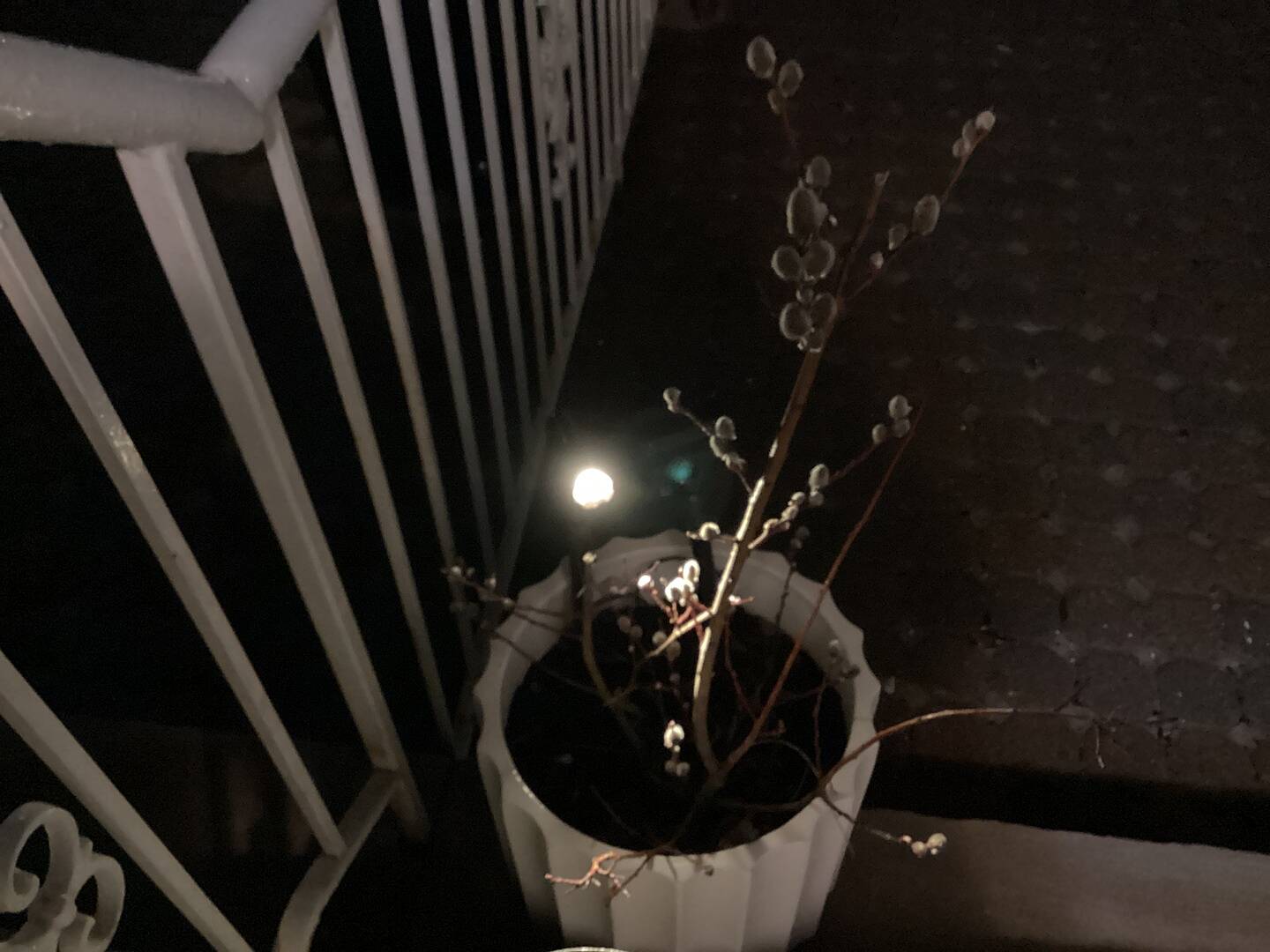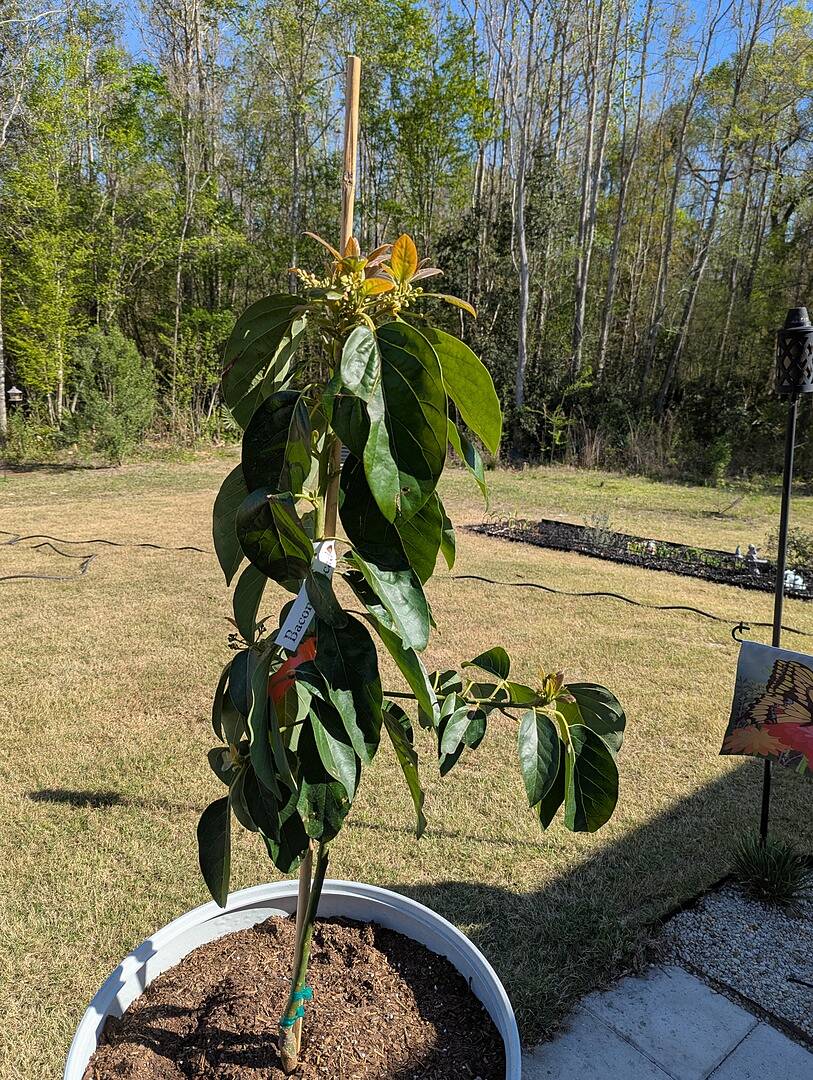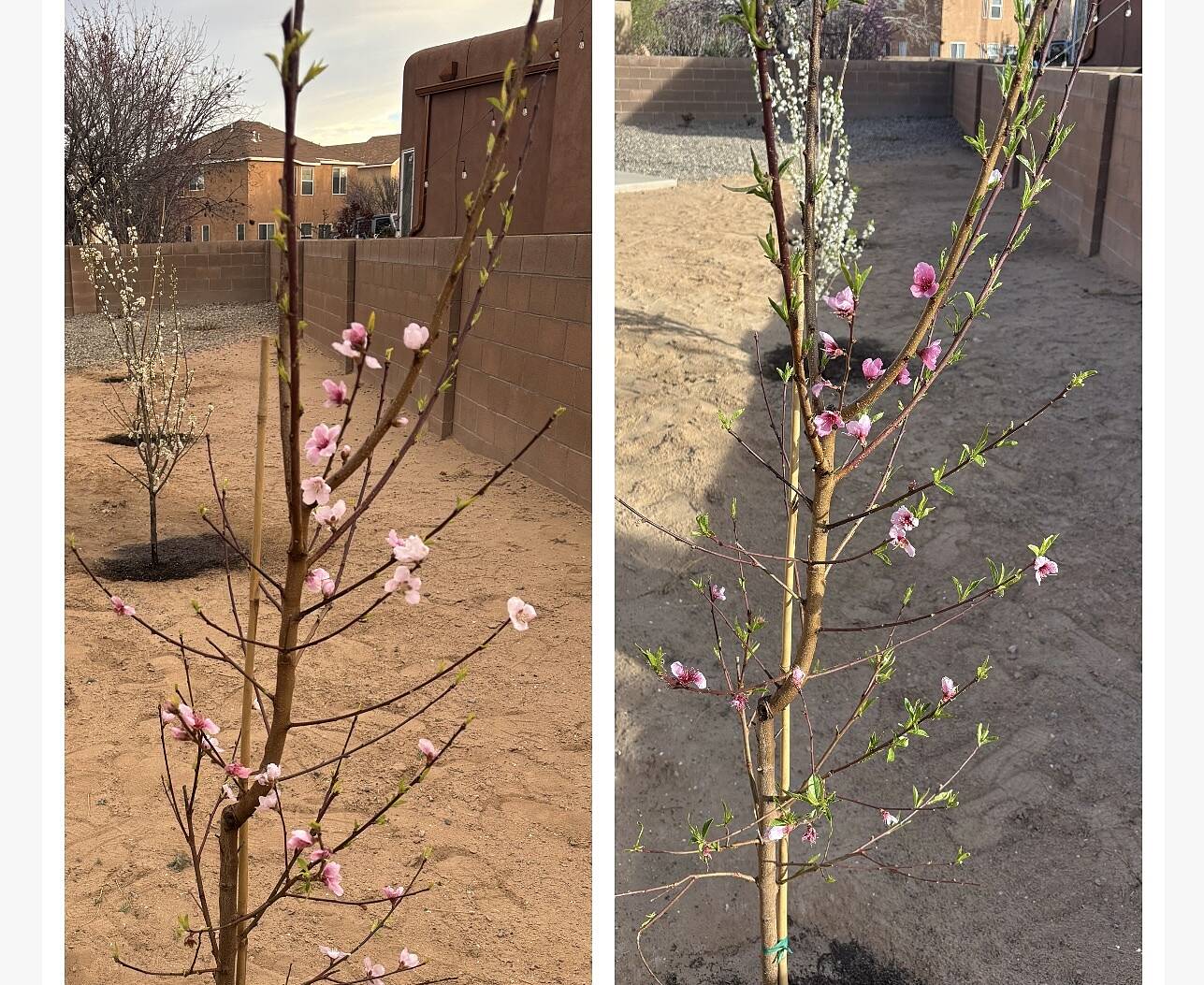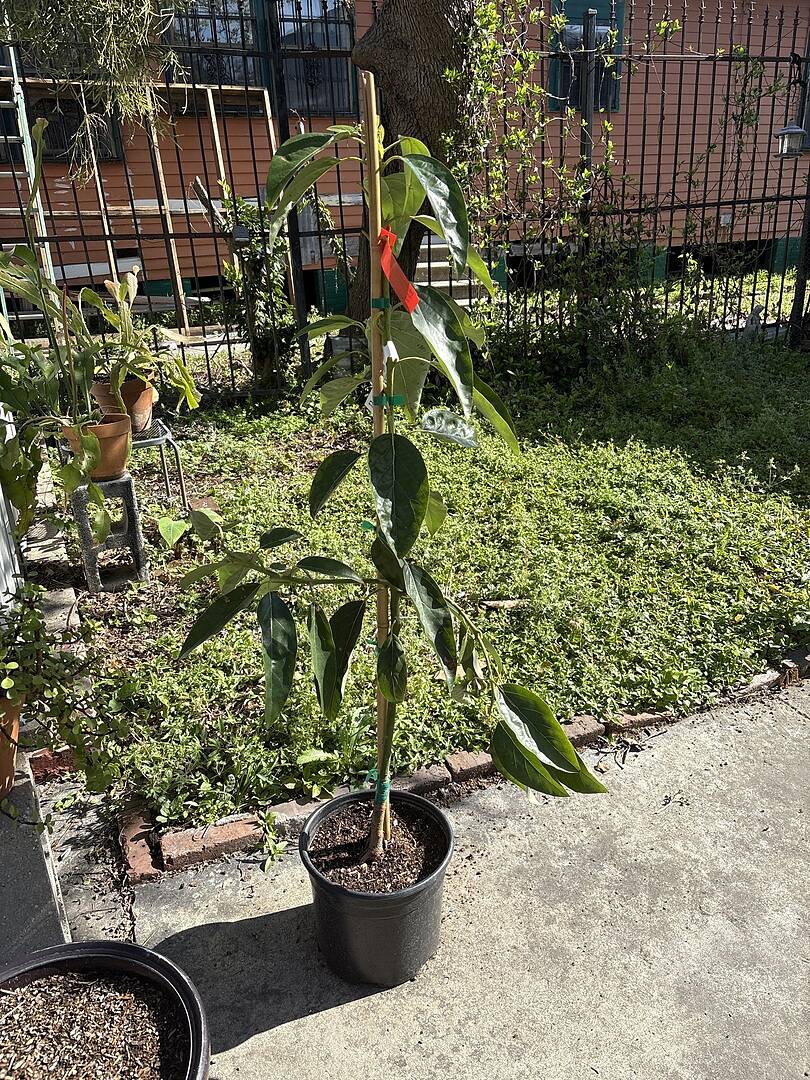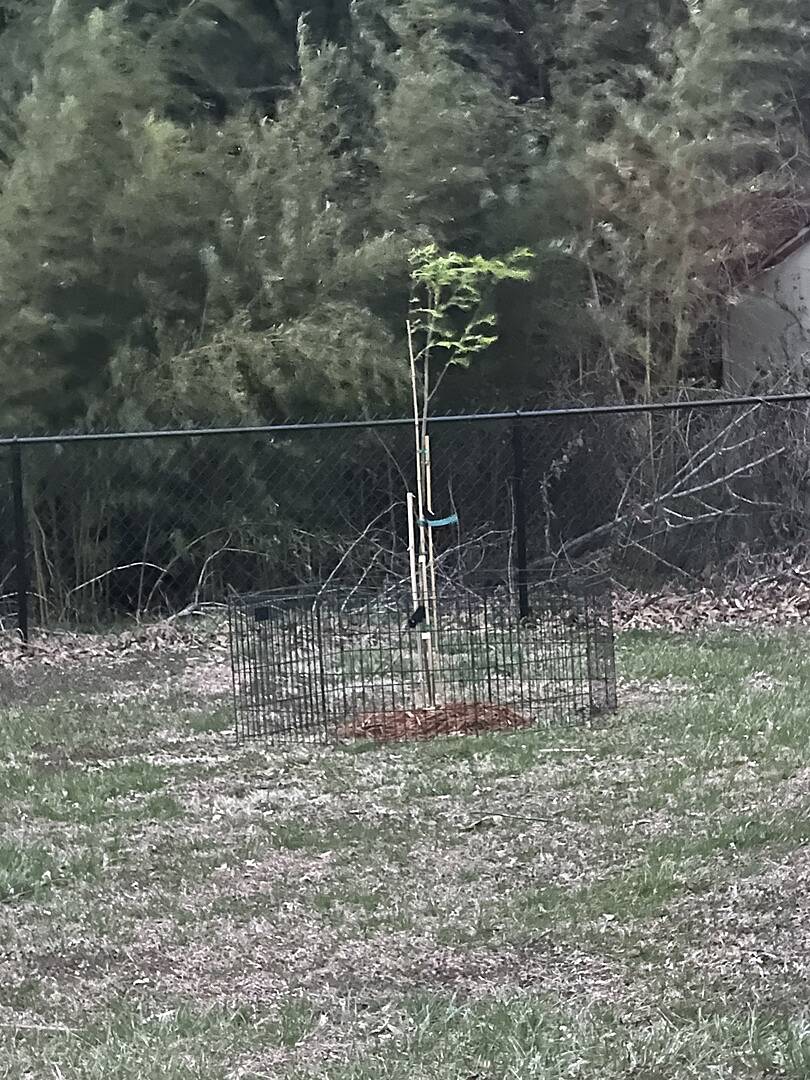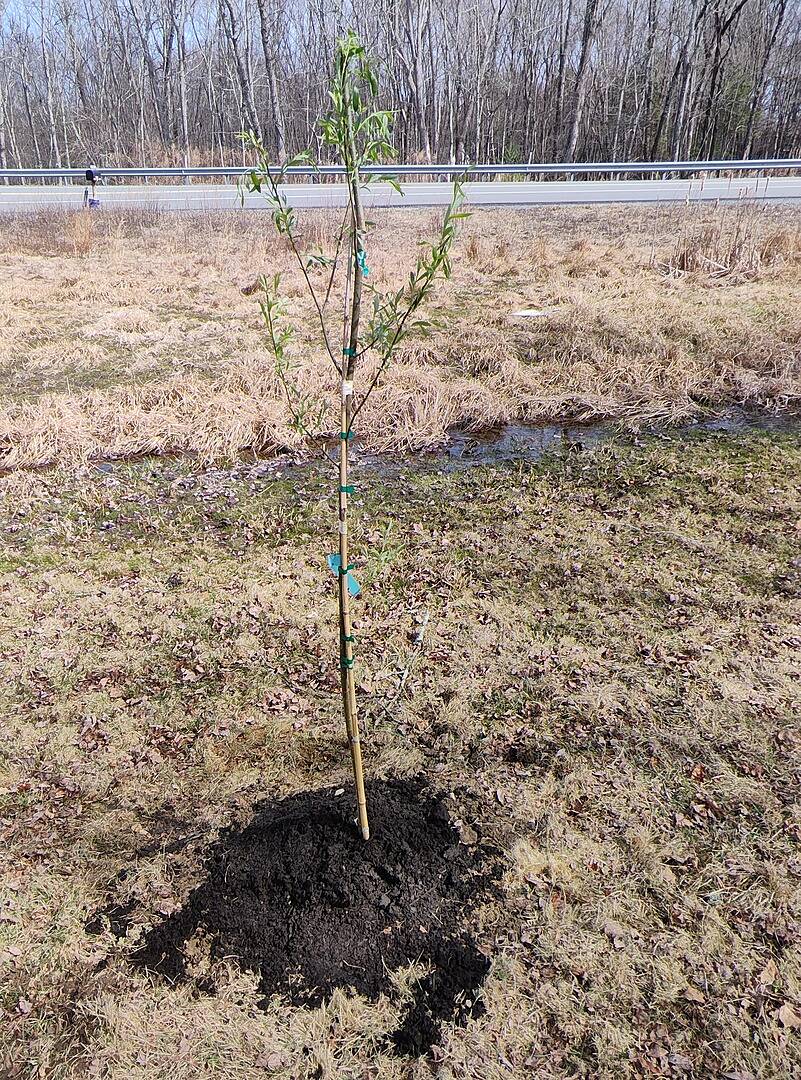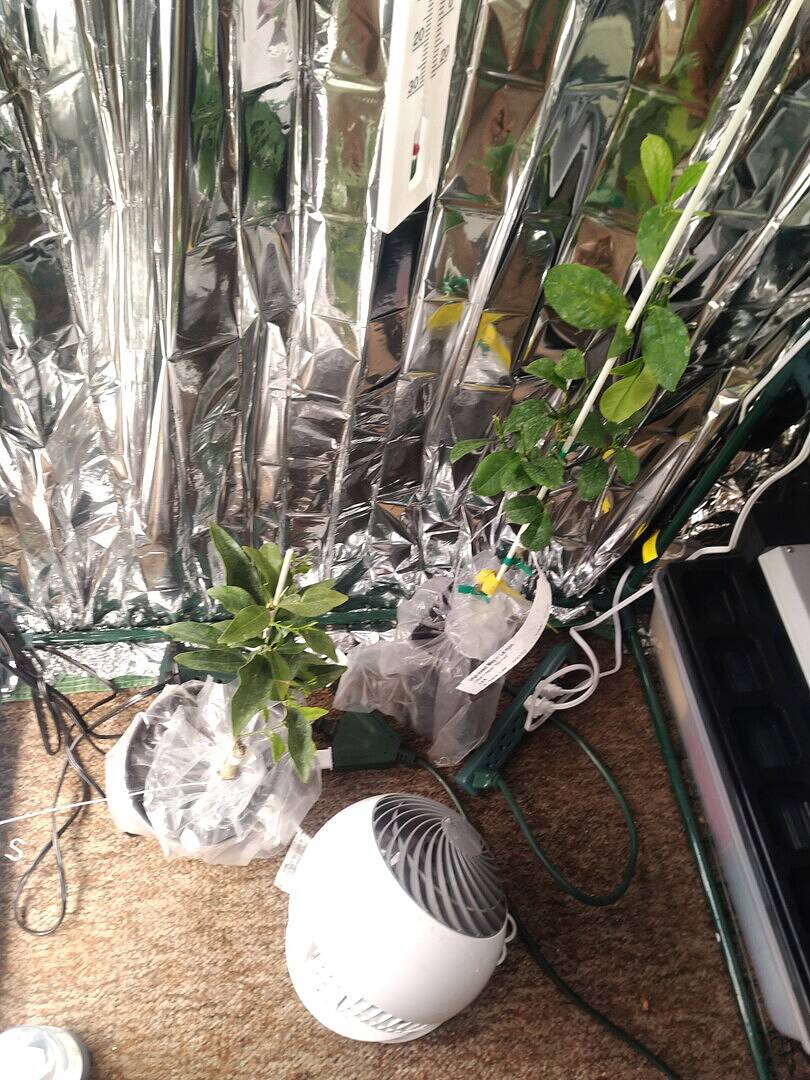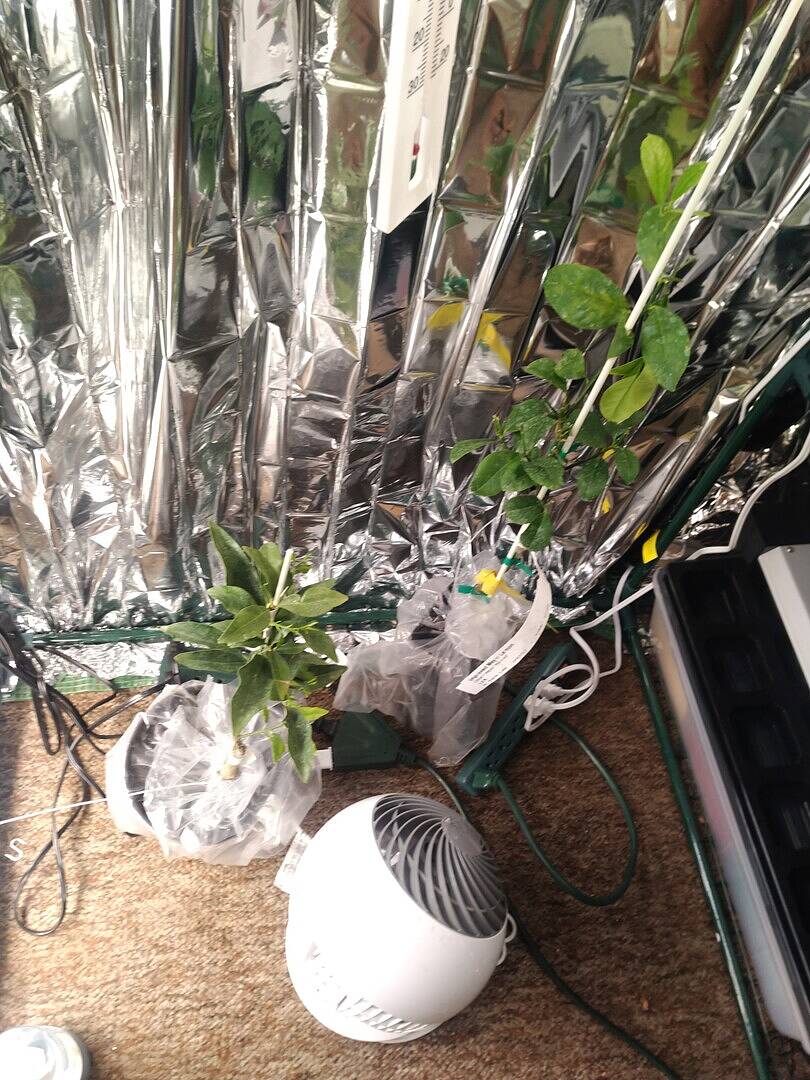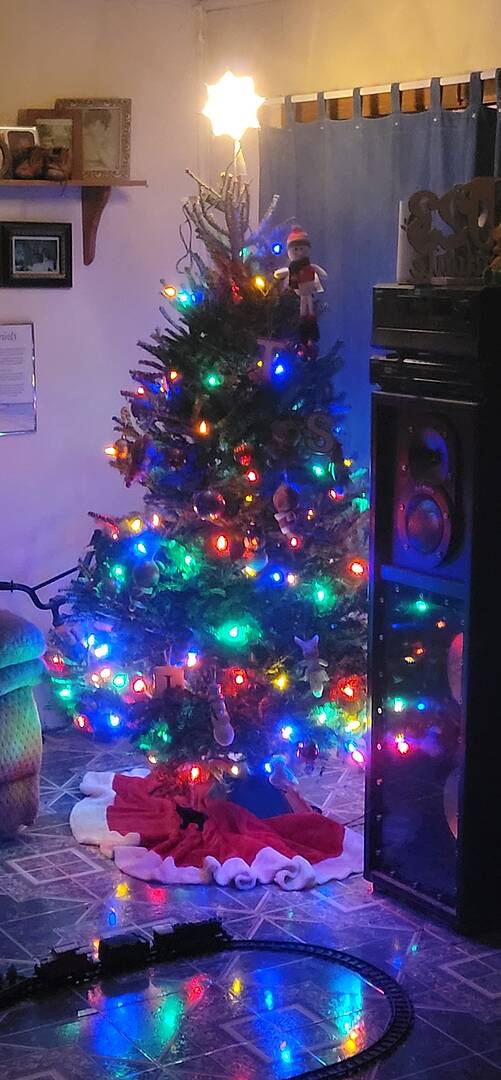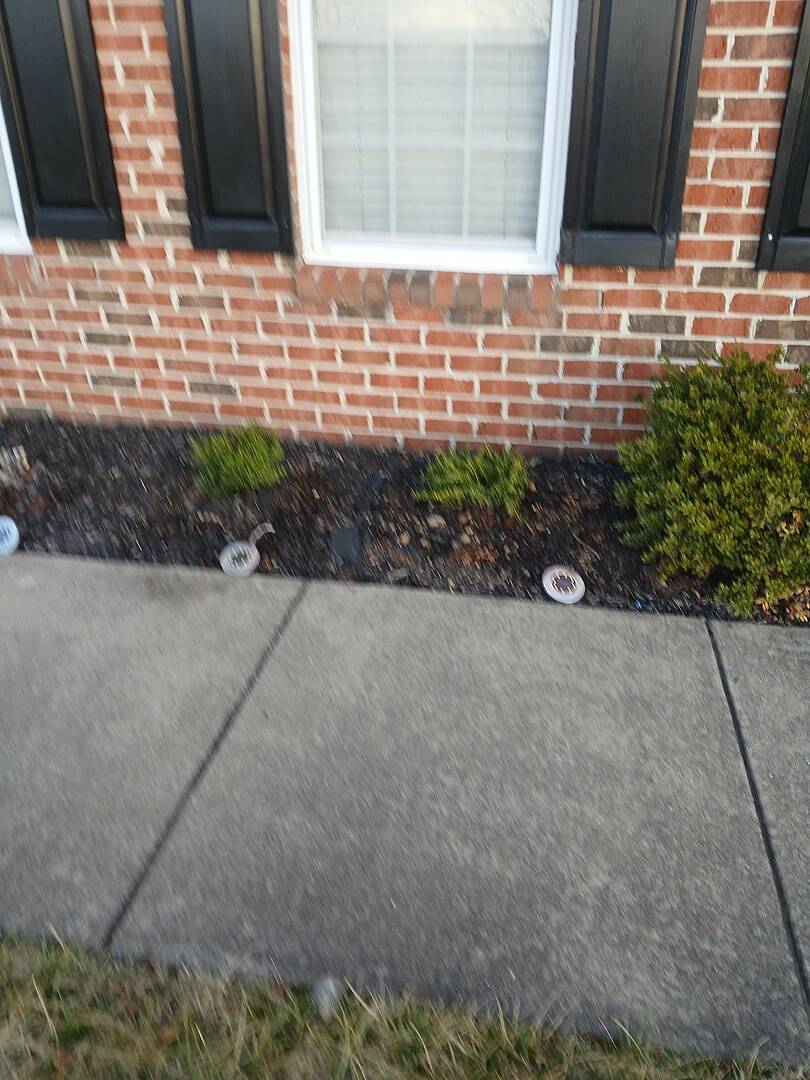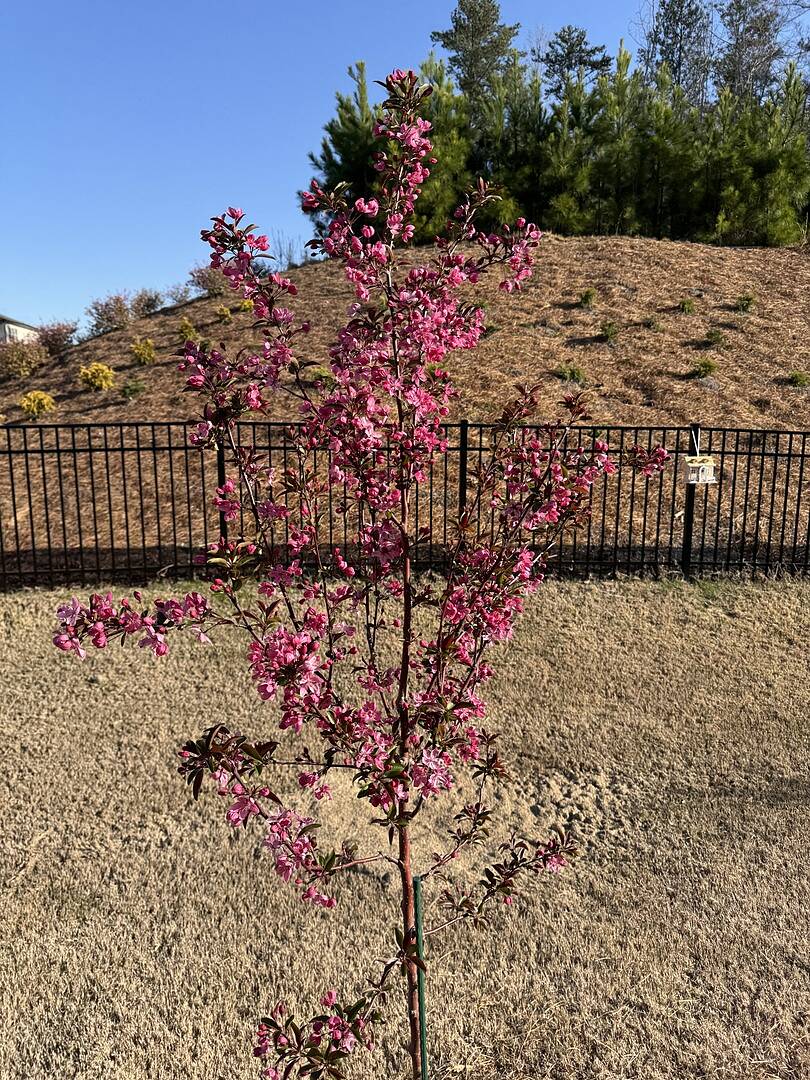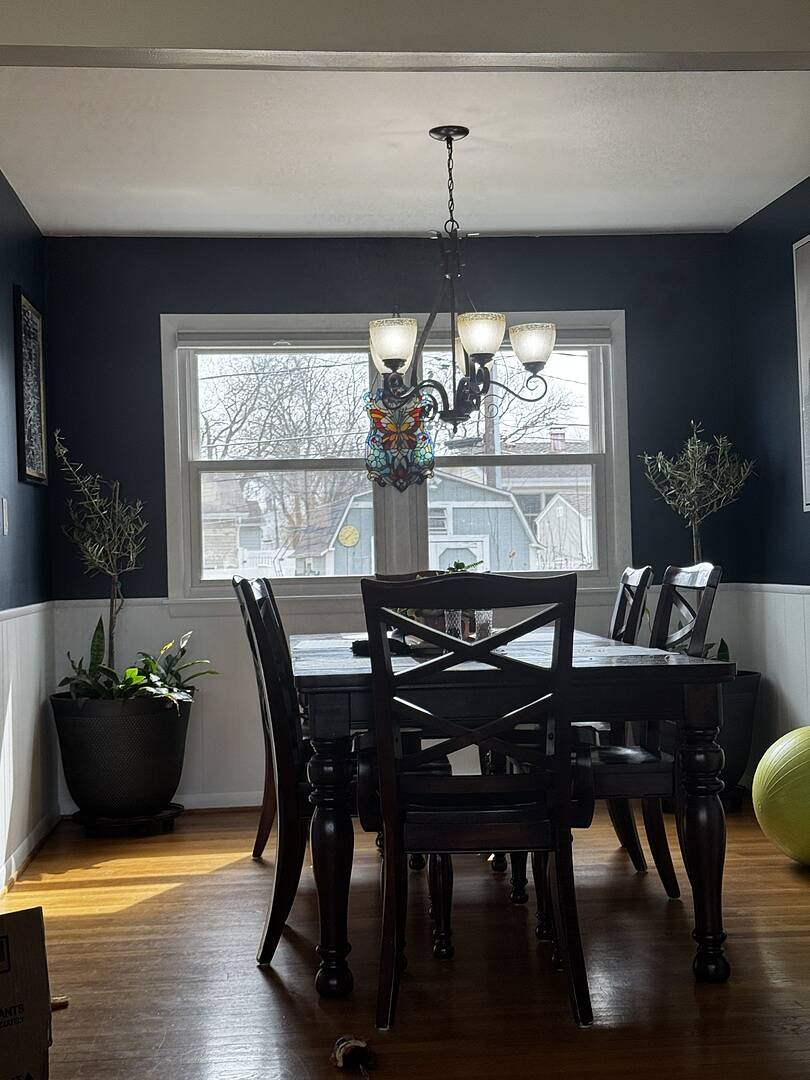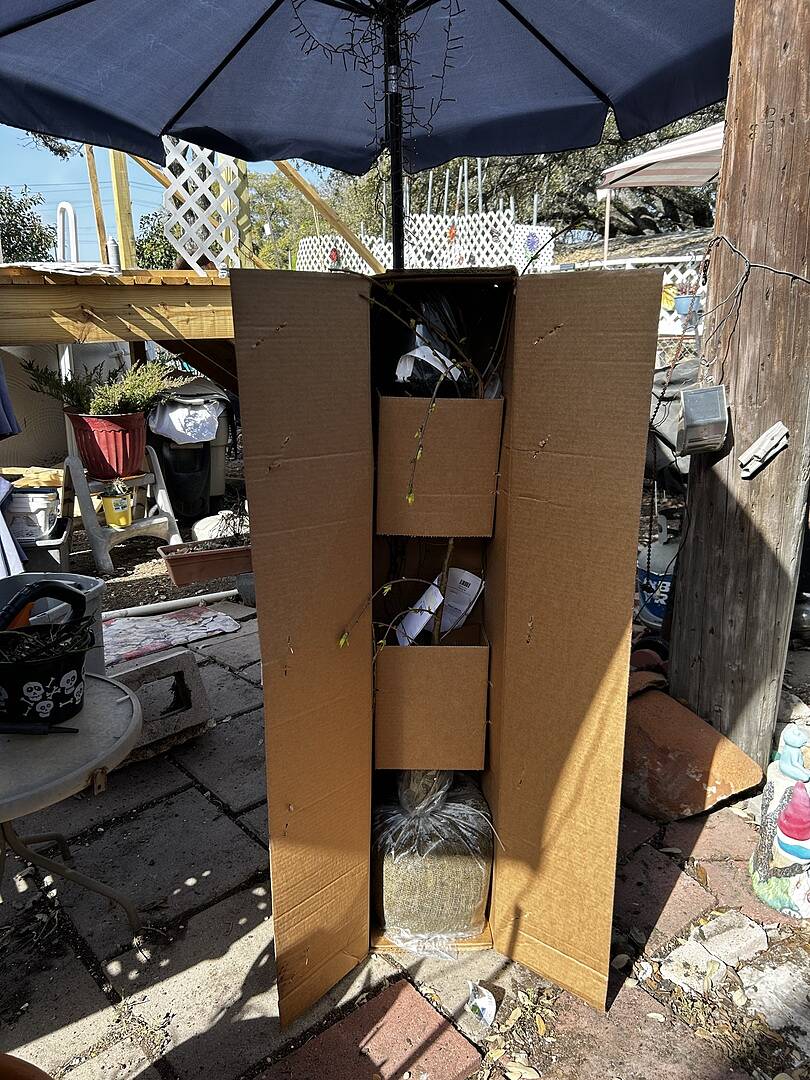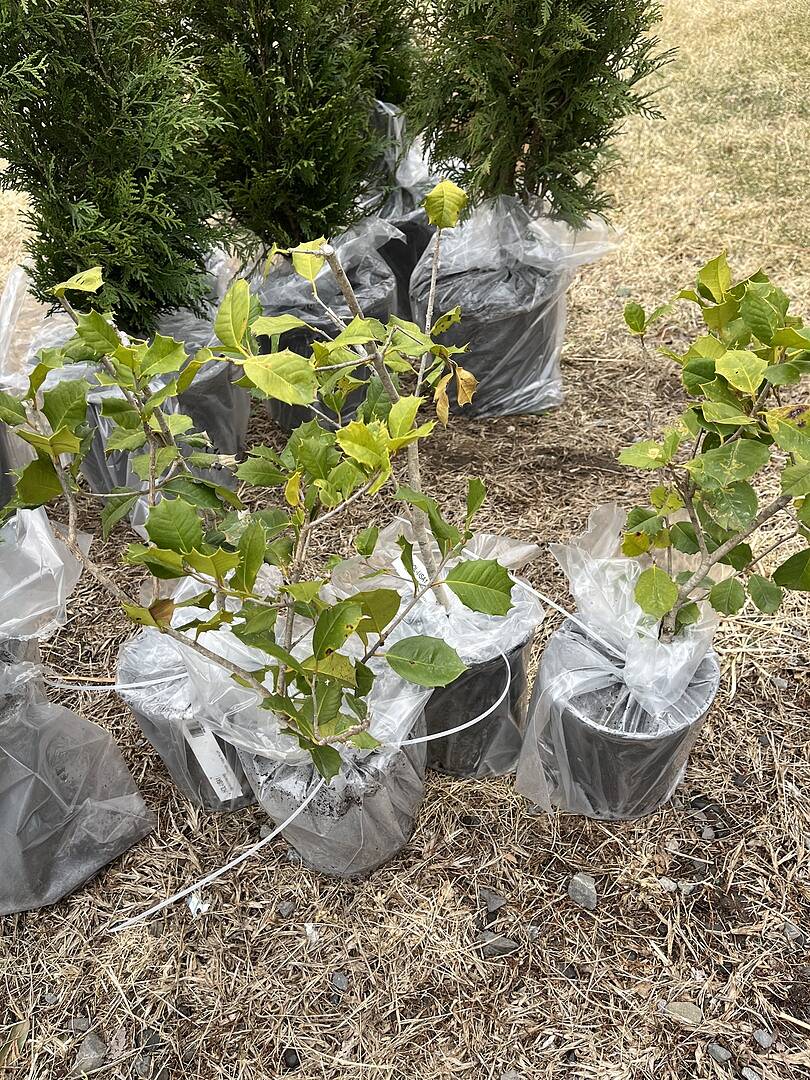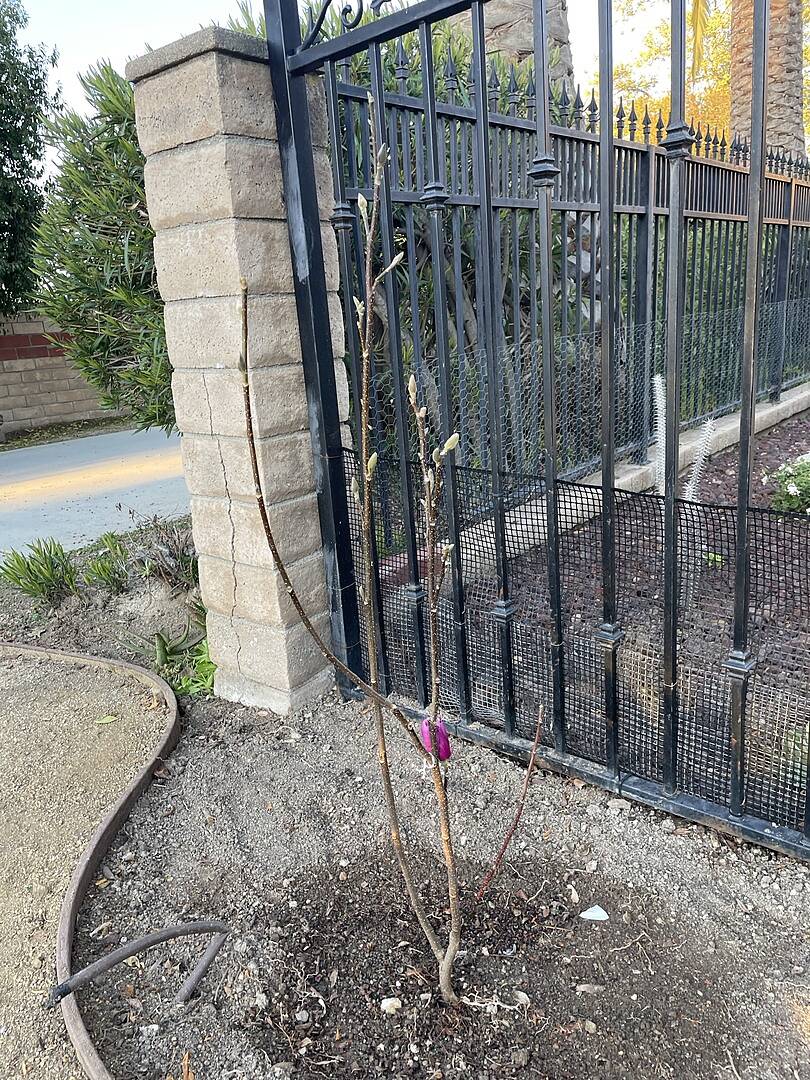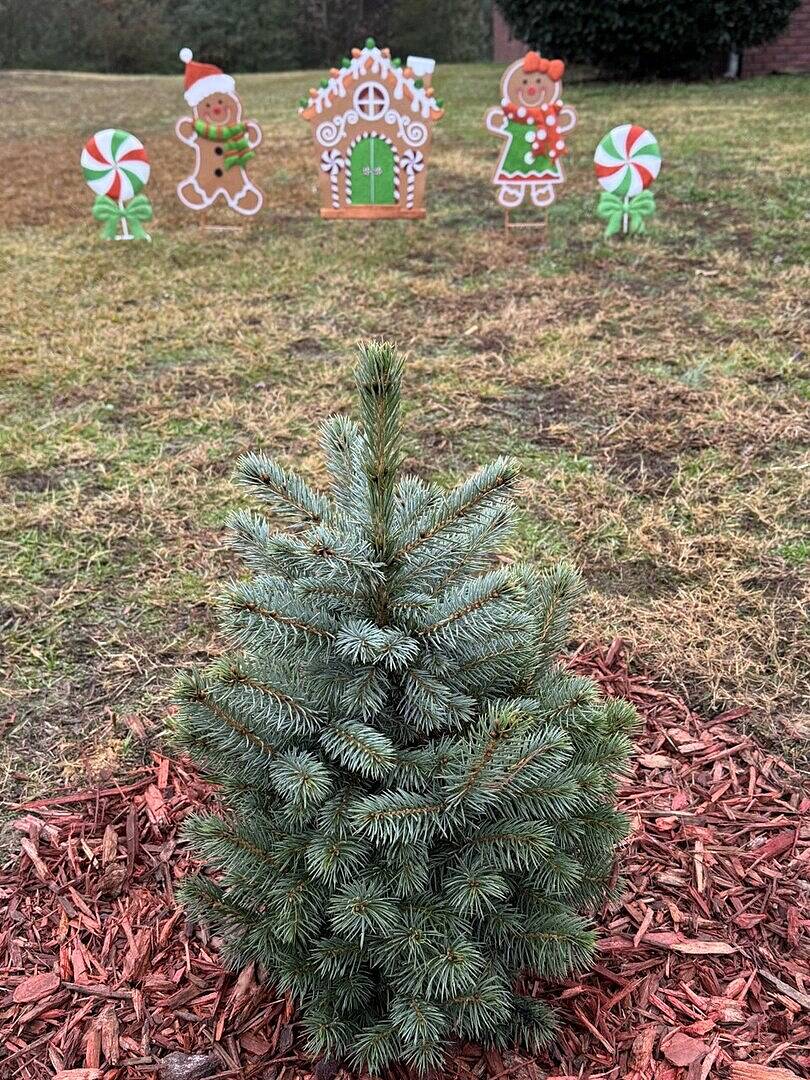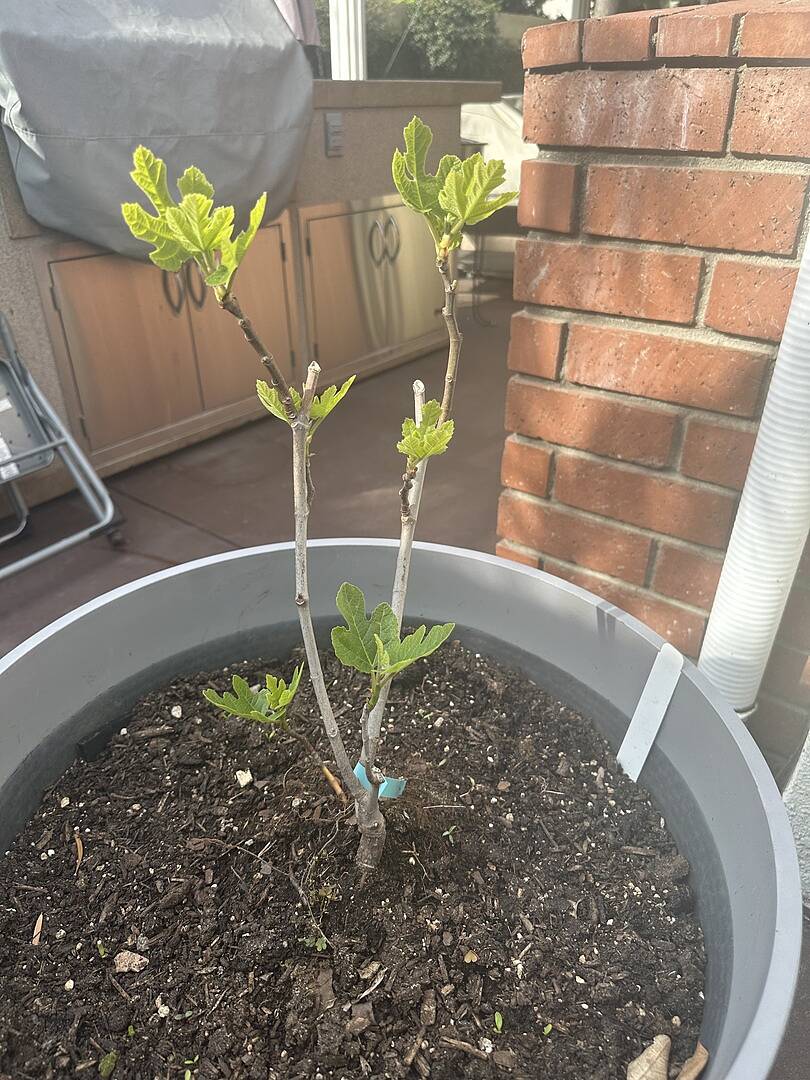Pink Princess Philodendron: Care Guide

Last updated: Jul 31 2023

The Pink Princess Philodendron is the latest must-have for plant collectors, thanks to Florida grower Robert McColley. Whatever your interest in house plants, this easy-to-grow Philodendron will capture your attention with its ever-changing, pink and green, marbled leaves. With stunning colors that can’t be found naturally in nature, the Pink Princess was achieved by cross pollination of different philodendrons until the perfect pink, marbled leaves were found.
Pink Princess Philodendron Care
The Pink Princess is an aroid, the common name for plants in the Araceae family. Except for Antarctica, aroids can be found on every continent in the world! However, the Philodendron is native to the tropical rainforests in Ecuador and Columbia, making it an excellent house plant, along with its close cousin the Peace Lily.
Temperature
The Pink Princess grows best in Zones 9b-11 and indoors and prefers temperatures ranging between 65-80℉, as well as plenty of humidity. It’s best grown as a house plant and can spend summers on a covered patio with bright but not direct sunlight and temperatures that stay above 60℉.
Light
It might take a few tries to find the perfect location in your house, so don’t worry if you get it wrong the first time. Have patience and make small adjustments until you and your plant are happy.
- Find a north or east-facing window that gets around 8 hours of indirect sunlight a day. The light should be bright enough for you to read a book without a lamp but not directly shining in the room.
- If you have a south-facing window, just pull the container further into the room out of the direct sunlight. Curtains or blinds can also help diffuse the sunlight.
- A sign of too little sunlight is leaves dropping. Too much sunlight will cause scorching or bleaching on the leaves.
- If you’re struggling to find the ideal spot, you can use a sunlight meter, or use existing plants in your home as your guide. The Pink Princess will have similar light needs to a monstera and will need more light than a snake plant.
Soil
The best soil mix is one that holds moisture yet drains well. Avoid any standing water. It will include perlite, peat, and bark. Try this organic planting mix, which contains beneficial ingredients like sea kelp. The Pink Princess also prefers a more acidic soil with a pH of 5.5-5.6. You can test your soil using a soil pH meter.
Humidity
Being a tropical plant, humidity is crucial for the Pink Princess. Using a humidifier is probably the best way to create humidity in your home. The next best option is to make a pebble tray. Add pebbles in a shallow, water-filled tray and place the plant on top of the pebbles, above the water. As the water evaporates around the plant, it increases humidity. It also keeps the leaves from getting crispy. Misting a plant actually does little to add humidity. Plants that need humidity need it consistently, not occasional misting. In fact, the leftover drops of water will actually encourage pests and diseases.
Repotting
When you first get your Pink Princess, you don’t want to repot it for at least a month. Give the plant some time to get acclimated. If and when you’re wanting to repot, reduce transplant stress by watering it well the previous day. Be sure to choose a container with drainage holes and only go up 2” in pot size to help your plant acclimate more easily.
Watering
Pink Princess Philodendrons come from a family of plants prone to root rot. So, they like to dry out between waterings, with the soil about 75% dry or dry 1-2” down. There isn’t a set schedule for watering, and it's always better to check the soil first. You can include a moisture meter to the routine to eliminate any guesswork. Generally, you can expect to water about every 7-10 days. And if possible, use filtered water or tap water that’s been sitting about 24 hours. Thoroughly saturate the soil, enough to flush through the drainage holes.
You can also try bottom watering, which provides excellent, consistent results. This is when you place your plant in a bowl of water and allow the plant to soak in water, from the bottom up. It encourages the roots to grow down, instead of circling near the top, and it lets you control how much water reaches the top of the soil, so fungus gnats can be better controlled. If your plant is in a decorative container, make sure that all excess water has drained before bottom watering.
Fertilizing
The Pink Princess likes to be fertilized during its growing season. It’s a variegated plant, so it has less chlorophyll, which could slow its growth and need for fertilizing. But once established, it’s considered a fast grower. About once a month, use a balanced fertilizer (10-10-10 or 15-15-15) diluted to quarter strength. Aroid roots burn easily, so be sure to follow fertilizer label instructions closely, and don’t fertilize in the winter when the plant is dormant.
Flowering
The flower of the Pink Princess is called an inflorescence, which is made up of a spadix (reproductive parts) and the spath (modified leaf that surrounds the spadix). Pink Princess Philodendrons bloom in the spring and early summer with a dark rose spath. Although it’s possible, don’t expect it to flower as an indoor plant.

Philodendron Growing Tips
The Pink Princess is versatile. You can grow it as a vining plant that climbs up a support or as a bushy container plant. Whichever you choose, the Pink Princess will fit in seamlessly. To grow as a taller, vining plant, add a stake or a tall support inside the pot to help it climb. You can wind your Philodendron around the base, and it will climb up from there. If you want a bushy plant instead, keep taking cuttings or make multiple cuts from a long stem. When they have all put out roots, you can plant them all in the same pot. Be sure to choose a pot that is no more than 2” larger than the current pot.
Troubleshooting
Issue |
Symptoms |
Solution |
|
Overwatering |
Brown leaves, leaves with brown spots and a yellow halo, and rapid wilting. Yellowing, droopy leaves. |
Let your plant dry out and consider drilling extra drainage holes into your container. |
|
Underwatering |
The edges of the plant's leaves turn crispy. New leaves open with washed out splotches. Like overwatering, the leaves can appear wilted. |
Water deeply until water runs out the bottom of the pot. |
|
Not enough light |
Leaves lose their variegation or coloring. |
Move your plant to an area with brighter light. |
|
Too much fertilizer |
Browning on the tips of leaves. |
Water deeply to flush out excess fertilizer. |
|
Cold damage |
Browning, wilted tissue. Occurs when a plant is exposed to temperatures lower than 55℉. Can result from cold drafts from outside doors, refrigerators and air vents. |
Remove the damaged leaves and store the plant in a protected location to recover. |
|
Broken leaves |
Rips, tears or bending in the leaves, stems or other parts of the plant due to physical damage. |
Best practice is to trim off most of the brown leaf and leave a small margin that has browned. If most of the leaf is brown, cut the leaf back to the base. |
|
Deformed, curling, damaged leaves, or visible pests |
Curling on new leaves can mark a pest problem. Tiny holes are usually a sign of sap-sucking pests like aphids and spider mites. Mealy bugs are also common. |
Remove any pests and overly damaged leaves. Treat with a product like neem oil. |
|
Loss of variegation |
The Pink Princess doesn’t have stable variegation, meaning it’s possible to have a leaf that grows a solid color with no pattern. |
If this happens, prune the solid leaf off the plant. New growth will have the pattern or variegation. |
Predominant diseases to watch for are root rot and fungal issues due to overwatering. Wet, cool conditions encourage infection and disease development. Avoid overwatering your plant by feeling the soil before you water. The soil should feel 75% dry.
Healthy roots will be firm and yellow-white in color. Unhealthy roots or ones that are affected by root rot will be brown-black, squishy and shriveled. To fix root rot, rinse off all the soil, trim off the bad roots and repot with fresh soil in a sanitized container.
Similar plants to try
Once you master the care of the Pink Princess, you’ll want to grow your collection! Try out any of these house plants, which share similar care needs with the Pink Princess.
For more house plant help, take our House Plant Care 101 course—a 6-part series created by our Plant Experts that covers everything from location and light to water, soil and more.

Written by
Barbara Wilkat
Barbara's earlier careers as a graphic designer took her on travels throughout the Middle East and Southeast Asia, where she was able to see how people connected with plants and agriculture. After returning to school for an Associate Degree in Horticulture, she started her own landscape design and maintenance company.
Since then, she's worn different hats in the industry, from horticulturist to landscape designer. Her passion for interior plants exploded when she was able to work for Interior landscaping companies. And while she learns something new about plants everyday, she enjoys helping folks understand plant care.
Featured Product

Meyer Lemon Bush
399 reviewsStarting at $59.95













